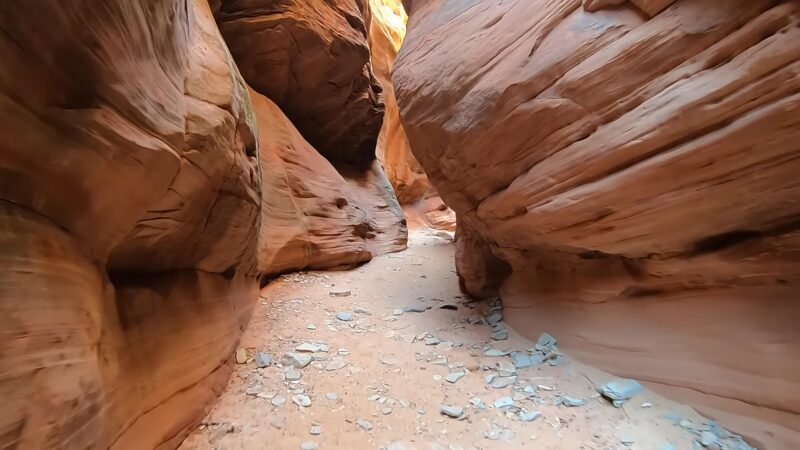h man, if you’re into hiking and taking in some seriously stunning views, Zion National Park is your place.
This gem is tucked away in southwestern Utah, and it’s a dream come true for nature enthusiasts. But let’s talk about the real star of the show – Zion Canyon.
It’s like Mother Nature’s masterpiece, sculpted by the relentless flow of the Virgin River.
Every spring, the river comes alive, dragging along bits and pieces of eroded material from the snowmelt in the mountains.
It’s a sight to behold and an adventure you won’t forget!
1. Mammoth Cave (Highly Recommended)
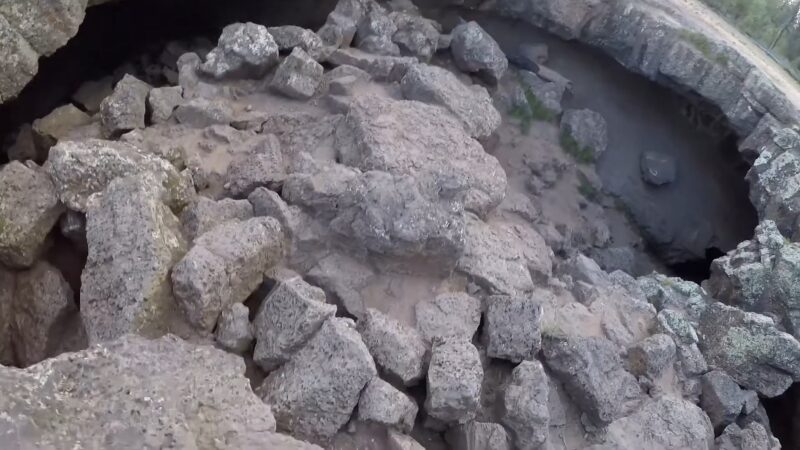
Mammoth Cave, the longest lava tube in Utah, boasts over 2100 feet of explorable passages. The cave’s expansive chambers and multiple entrances provide exciting routes for exploration. Don’t forget to bring a helmet and a headlamp for a safe and enjoyable experience.
Trail Details
- Distance: 5 miles
- Duration: 1 hour 30 minutes
- Difficulty: Moderate
- Special Gear: Helmet and headlamp
Both entrances to the cave are near the parking area, leading to different routes. Mammoth Cave is close to the real cave experience and is a must-visit for those exploring Zion.
2. Upper Red Cave (Not Advised)
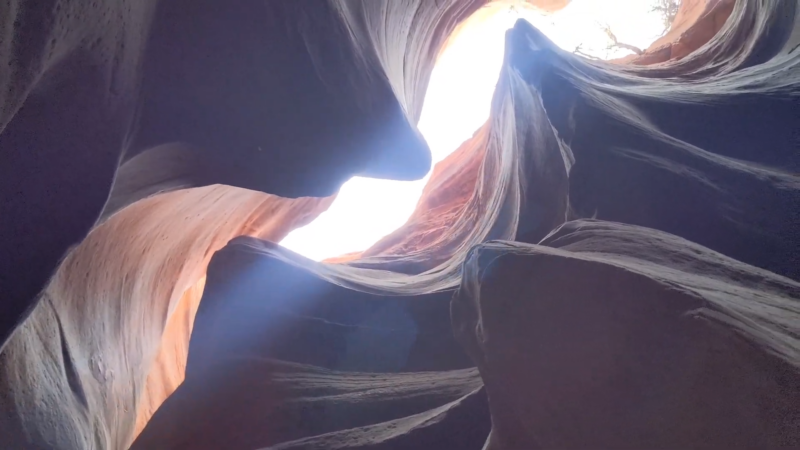
Upper Red Cave is known for its beautiful slot canyon experience, but it’s not recommended due to its difficult access and the higher risk involved in hiking this area. Located just east of Mount Carmel, the cave presents significant challenges even to seasoned hikers.
Trail Details
- Location: East of Mount Carmel
- Difficulty: High
- Special Gear: Not specified but recommended for experienced hikers
While it offers a stunning adventure, the risks and challenges make it less suitable for most visitors to Zion National Park.
3. Birch Hollow Slot Canyon (Not Advised)
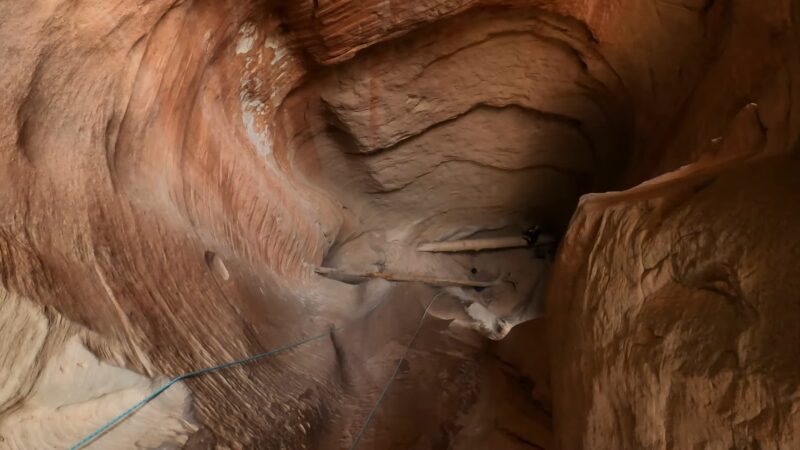
Located in the Grand Staircase-Escalante National Monument, Birch Hollow Slot Canyon is a technical route loved by thrill-seekers. This hike involves steep descents, ankle-deep water, and narrow sandstone walls, best suited for experienced adventurers.
Trail Details
- Distance: 2 miles in the slot canyon, 3.5 miles to Orderville Canyon or 9 miles to Temple of Sinawava.
- Duration: 3-5 hours
- Difficulty: Tough
- Special Gear: Ropes for rappelling, helmets, and climbing harnesses
Due to the technical demands and the need for specialized equipment, Birch Hollow is not recommended for casual hikers but offers a rewarding challenge for those with canyoneering skills.
4. Moqui Cave (A Must-Visit)
Moqui Cave, also known as the Kanab Sand Cave, is an iconic destination just off the main highway leading to Bryce Canyon or Zion National Park. Located about five miles outside of Kanab, this cave is a marvel of both history and geology. With a trail distance of only 1.2 miles, it’s an easy hike that takes around 45 minutes.
Trail Details
- Distance: 1.2 miles
- Duration: 45 minutes
- Difficulty: Easy
Highlights
- Parking: Free
- Views: Stunning
- Crowds: Generally uncrowded inside
Be cautious with the semi-steep climb to the caves and ensure you have water, snacks, and your camera. The cave also features ancient drawings and artifacts from the Anasazi people, making it a historical and cultural treasure.
5. Peekaboo Slot Canyon (Highly Recommended)
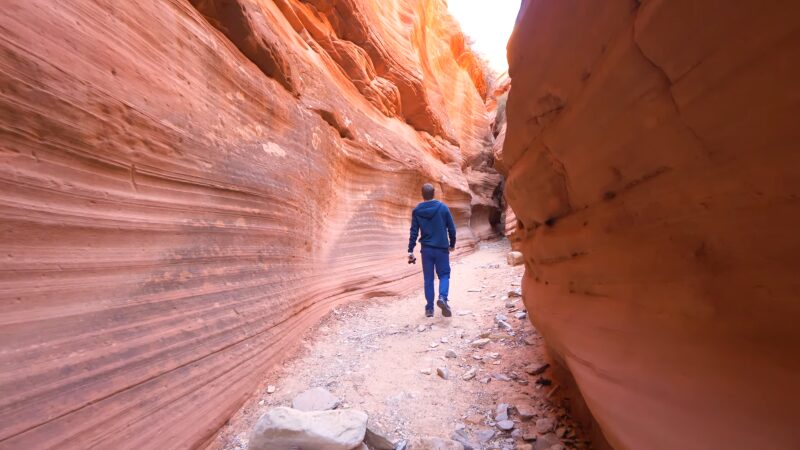
Peekaboo Slot Canyon, located near the town of Kanab, is a less crowded slot canyon that offers beautiful red rock formations and narrow passageways. It’s an excellent option for those looking to avoid the crowds of more popular hikes.
Trail Details
- Distance: 5.9 miles from the trailhead
- Duration: Approximately 3 hours
- Difficulty: Moderate
Peekaboo Slot Canyon requires no technical skills and is accessible to most hikers. The stunning views and fewer visitors make it a peaceful and unique experience.
6. Belly of the Dragon (Highly Recommended)
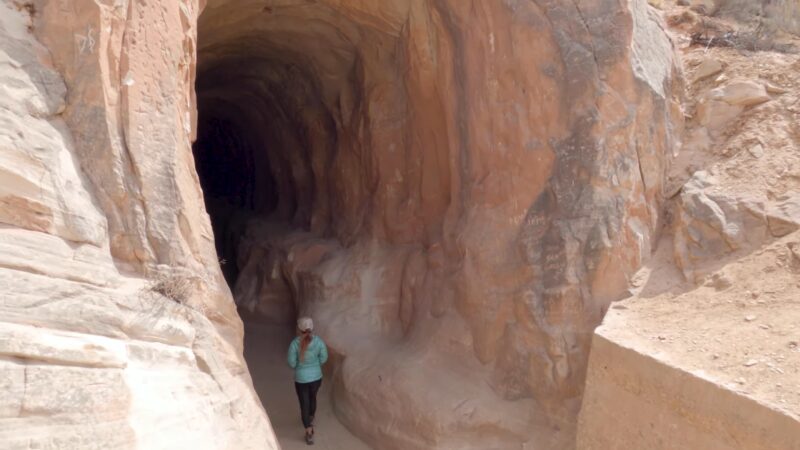
Located a short drive from Zion National Park, Belly of the Dragon offers a unique hiking experience. This man-made tunnel was originally carved to serve as a water drainage system for the highway, now transformed into a popular hiking destination.
Trail Details
- Distance: Varies
- Duration: Under an hour
- Difficulty: Easy
The tunnel is fun for all ages, with its winding, dark passageways and beautiful rock formations. Bring a flashlight to navigate the darker sections of the trail.
7. The Narrows (Highly Recommended)
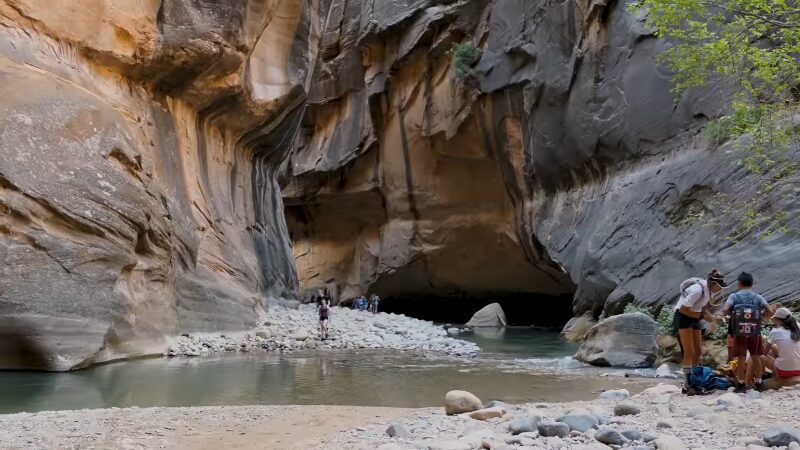
The Narrows is one of the most famous and challenging hikes in Zion National Park, known for its unique experience of hiking through shallow waters in a slot canyon. Starting at the Temple of Sinawava, the hike takes you up to 16 miles through water that can reach waist-deep.
Trail Details
- Distance: 16 miles
- Duration: 7 hours 30 minutes
- Difficulty: Tough
- Special Gear: Sturdy shoes needed
During mid-summer and early fall, water levels in the Virgin River are typically low enough to make the trek safe. The hike offers remarkable views as you thread through the canyon’s narrow walls, making it a scenic and physically demanding journey.
8. Weeping Rock (Highly Recommended)
Weeping Rock is a short, easy hike that takes you to a rock alcove with a constant flow of water seeping out of the sandstone. The trail is only 0.4 miles round trip, making it perfect for families and those looking for a quick but rewarding hike.
Trail Details
- Distance: 0.4 miles round trip
- Duration: 30 minutes
- Difficulty: Easy
The sight of water trickling down the rock face and the lush vegetation make it a serene and picturesque spot. It’s an excellent place to cool off and enjoy nature’s tranquility.
9. Hidden Canyon (Not Advised)
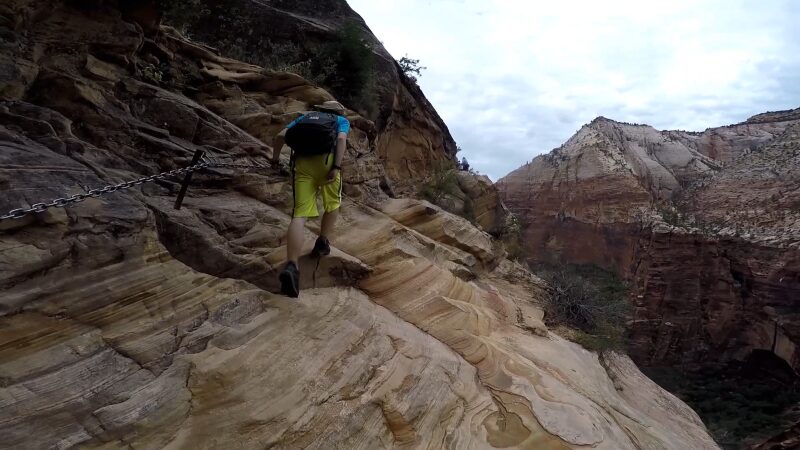
Hidden Canyon is a strenuous hike with steep drop-offs and narrow trails, requiring chains for support in some sections. It’s not for the faint-hearted or those afraid of heights. This trail is better suited for experienced hikers.
Trail Details
- Distance: 3 miles round trip
- Duration: 2-3 hours
- Difficulty: High
- Special Gear: Sturdy footwear, water, and a sense of adventure
The trail offers stunning views and a thrilling experience, but the challenging terrain makes it unsuitable for casual hikers.
10. Keyhole Canyon (Highly Recommended)
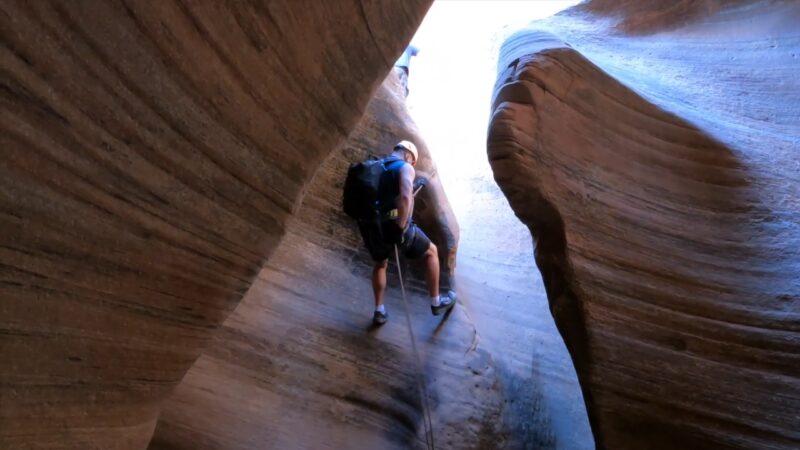
Keyhole Canyon is a short but technical slot canyon hike that requires rappelling and swimming through cold water. It’s an adrenaline-pumping adventure for those with the right gear and experience.
Trail Details
- Distance: 2.5 miles round trip
- Duration: 3-4 hours
- Difficulty: Tough
- Special Gear: Rappelling gear, wetsuit, helmet, and headlamp
The narrow slots, beautiful rock formations, and the challenge of navigating through water make it an unforgettable experience for adventure seekers.
Formation of Zion National Park Caves
Millions of years of natural processes have shaped the caves in Zion National Park. Water serves as the primary agent in this formation. As water moves through the park, it relentlessly carves out its landscape, including the porous sandstone formations that Zion is famous for.
These sandstone formations allow water to seep into their many cracks and crevices. As water moves, it carries with it various minerals and debris, enhancing its ability to wear away at the rock. Over time, this seeping water expands the tiny fissures, gradually forming larger hollow spaces within the rock through a process known as physical weathering or erosion.
Chemical weathering also contributes significantly to cave formation in Zion. Rainwater, combined with carbon dioxide from the air or soil, forms a weak carbonic acid. This acid is capable of dissolving the calcite and binding the sand grains together in the rock, which eventually leads to the creation of solution caves.
Both types of weathering work hand-in-hand to create the awe-inspiring caves you see in Zion today. From the relentless force of running water to the gradual dissolution caused by weak acids, these processes have culminated in one of nature’s incredible masterpieces.
Self-Guided Caving in Zion National Park
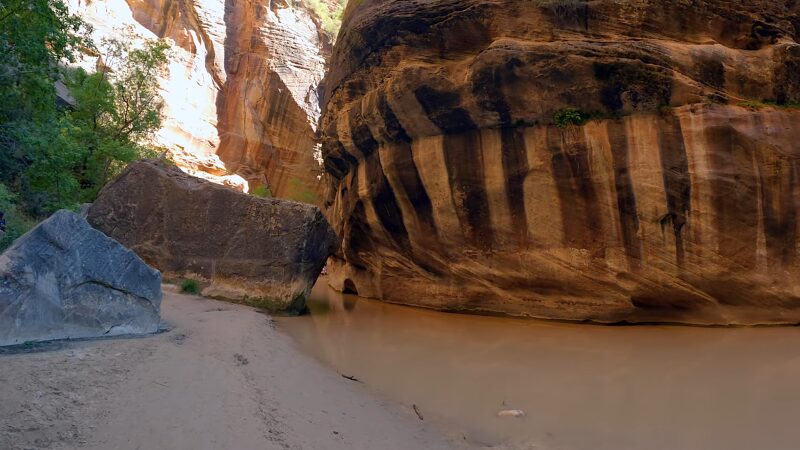
If you’re looking for an autonomous adventure, exploring Zion National Park on your own is a fantastic choice. Note that some areas might require permits, especially for canyoneering routes involving caves.
Equipment is crucial. Bring helmets, headlamps or torches, proper footwear, and gloves. Let someone know your plans and expected return time for safety.
Always adhere to local regulations. Be aware that some caves might be near or on private property, so avoid trespassing.
A campervan can enhance your trip, allowing you to stay in the park for several days and explore at a leisurely pace.
Guidelines for Responsible Cave Exploration
Utah’s caves and slot canyons present potential hazards, especially from early July to mid-April when flash floods are common.
Heavy rain can dislodge rocks, creating dangerous footing. Summer temperatures can soar, increasing the risk of dehydration. Always monitor weather conditions leading up to your trip.
Guidelines for safe exploration include:
- Stick to marked paths and refrain from touching cave formations. Even minor disturbances can cause long-term damage.
- Avoid disturbing wildlife. Many cave-dwelling species depend on specific environmental conditions.
- Practice leave no trace principles. Carry out all trash, and do not leave any markings or graffiti.
- Respect area closures. These may be in place for safety or to protect sensitive habitats.
By adhering to these guidelines, you help preserve the natural beauty and ecological balance of these unique landscapes.
Role of the National Park Service in Protecting Caves
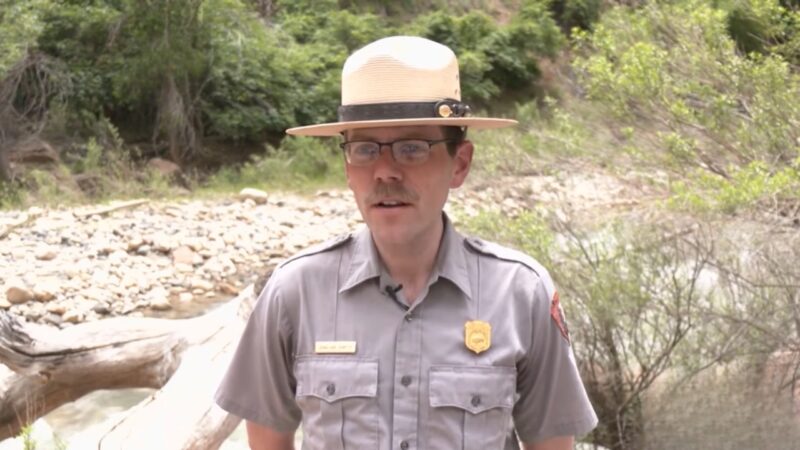
The National Park Service (NPS) actively safeguards the caves within Zion National Park. The agency enforces critical regulations that are designed to preserve these natural wonders.
For example, permits are required for certain activities, and access to sensitive areas is restricted. The NPS also performs continuous research to monitor the conditions within the caves and track the populations of cave-dwelling species. Educational programs along with ranger-led tours are offered to inform visitors about responsible cave exploration and the importance of conservation.
Emergency Procedures and Contacts
In case of emergencies, dial 911 immediately. For non-urgent situations within the caves at Zion National Park, you can reach out to the park dispatch at +1-435-772-3322.
Where Can You Stay?
3 Accommodation Choices
Now let us take a look at some accommodation options you can find.
1. Zion Lodge
- Located within the park for convenient access to caves and other attractions.
- Features luxurious rooms and suites equipped with modern amenities such as flat-screen TVs and plush bedding.
- An on-site restaurant offers local dishes, and there’s a bar for drinks and snacks.
- Rates start at $385 per night.
2. Holiday Inn Express Springdale – Zion National Park Area
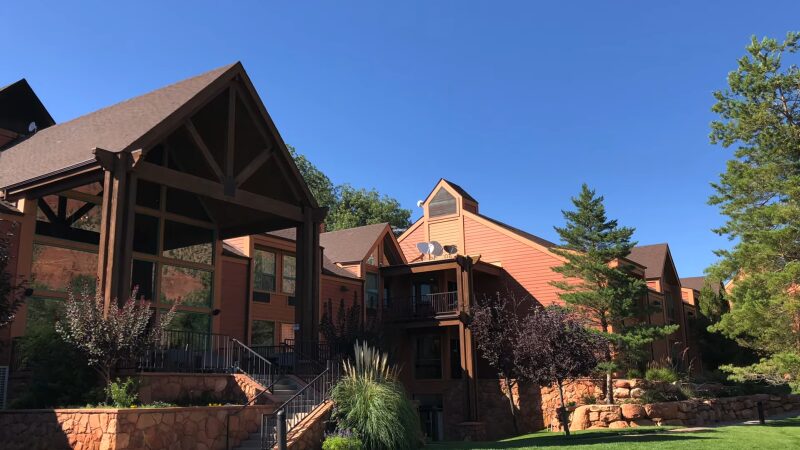
- Located just outside the park, with scenic views of the surrounding mountains.
- Provides comfortable rooms with free Wi-Fi, mini-fridges, and microwaves.
- A complimentary breakfast buffet is served daily.
- Prices begin at $258 per night.
3. Zion Canyon Campground & RV Resort
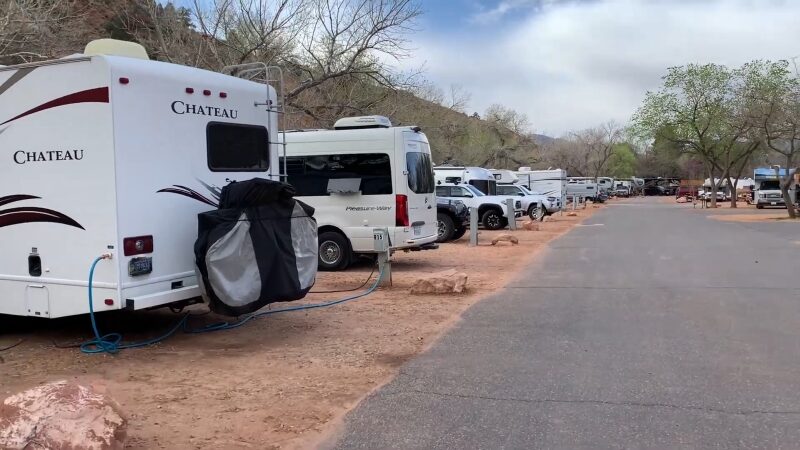
- Positioned just a mile from Zion National Park’s entrance.
- Offers tent and RV sites, as well as cabins for hire.
- Includes amenities such as a pool, hot tub, and a convenience store on-site.
- Tent site rates start at $89 per night, while RV site rates start at $60 per night.
The Bottom Line
Zion National Park caves offer a captivating experience for adventurers and nature enthusiasts. These natural formations provide a glimpse into the park’s geological history and showcase the beauty and complexity of its terrain.
Visiting Zion National Park caves allows you to connect with the environment in a way that highlights its distinct features and ecological significance.

